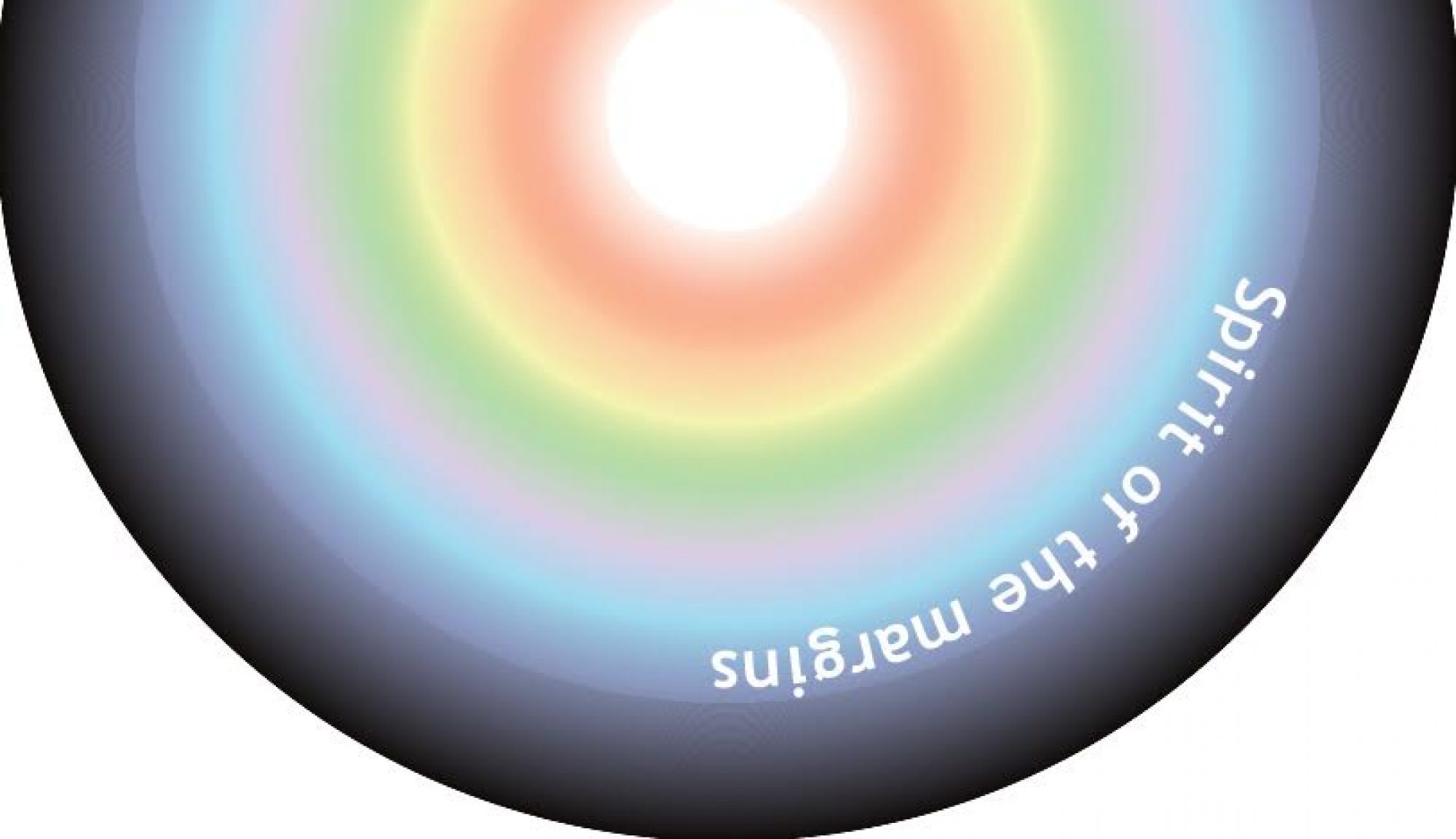In this section people who might generally see themselves as closer to the centre explain how and why people on the margins or the periphery have had a profound impact on them.
1. Bryan Stevenson on the poor and racial minorities in the criminal justice system
Bryan Stevenson is the founder and Executive Director of the Equal Justice Initiative and the National Memorial for Peace and Justice in Montgomery, Alabama.

‘Being close to suffering, death, executions and cruel punishments didn’t just illuminate the brokenness of others; in moments of anguish and heartbreak, it also exposed my own brokenness. You can’t effectively fight abusive power, poverty, inequality, illness, oppression or injustice and not be broken by it….I guess I’d always known but never fully considered that being broken is what makes us human. We all have our reasons. Sometimes we’re fractured by the choices we make; sometimes we’re shattered by things we never would have chosen. But our brokenness is also the source of our common humanity, the basis for our shared search for comfort, meaning and healing. Our shared vulnerability and imperfection nurtures and sustains our capacity for compassion.
Angela Flowers and Rachel Heller
https://www.theguardian.com/artanddesign/2003/sep/10/art.familyandrelationships
2. Xavier Le Pichon on a dying child in Calcutta
In 1973 Xavier Le Pichon was 36 and working as a geologist when he hit a crisis. He had been prominent in creating the field of plate tectonics – the study of the movement of the earth’s crust.
‘I progressively discovered that I was so immersed in my research, I was not seeing the others anymore. In particular, it was not seeing the people in difficulty and suffering. And that was a very, very strong crisis. And actually, it led me to decide to quit science. And I resigned from all my positions, and I went to Calcutta to Mother Teresa’s place. I spent six weeks there working with her Brothers of Charity working in the streets.
‘Working with the dying people…I was giving the food to one of these small children who was dying of hunger. He was at the last stages. Suddenly, I had this experience that is, to me, the founding experience of humanity, which is discovering through empathy that you really are one with the man who is suffering. You identify yourself with this person, and this can be so strong. So I made, at the time, the promise to the small child that I will try, from now on, not to ever turn away my eyes from somebody who is suffering. And that was a turning point in my life.
(Xavier Le Pichon talking to Krista Tippett, On Being, 2009).
3. Jean Vanier on people with learning disabilities

Jean Vanier was the son of the Governor of Canada and had been an officer in the Canadian Navy, completed a PhD in Aristotle and lectured in ethics at a University in Toronto. He was invited by a priest friend to visit a group of people with learning disabilities living in a village about 50 miles outside Paris. That experience led him to invite two people with learning disabilities, Raphael and Philippe, to establish a new form of family or community with him. This grew into L’Arche, now an international federation with over 10,000 members with and without disabilities in 152 communities in 37 countries.
‘[L’Arche]…flowed from my encounter with Philippe and Raphael and with many others who, like then, were intellectually disabled. Very quickly I discovered their cry for love, friendship and communion, a cry much deeper than the cry for success, wealth, a good job, recognition, prestige and honour which is found in so many other people.
‘People like Philippe and Raphael have beautiful hearts, they don’t have big heads, they’re not people who want to know things. What they want to know is: “Do you love me?” Maybe that is what we all want to know: “Do you love me?” Maybe that is the heart of the Christian message: that Jesus loves us and therein is our joy. That is what people with disabilities reveal to us. That is the only one important thing; that it be revealed that Jesus loves me.
‘In that deep cry in the heart of the Raphaels and Philippes I met, I discovered the deepest cry in the heart of each and every human being for love, friendship and communion. At the same time I discovered how very wounded we all are in our capacity to relate. We all yearn for love, yet are frightened of it. We thirst for friendship and communion, but tend to cling to others and thus we damage love. For love cannot be possessed. It is a gift; it is like a gentle breeze that brings deep, inner freedom to each person.
(Jean Vanier: ‘Tears of Silence’, Darton, Longman and Todd, 1991 and article in America Magazine)
4. Chris Bemrose on a Kenyan Farmer
After a degree in Economics at Cambridge, Chris worked for part of the Economist Magazine before going to London Business School. He worked in industry and the voluntary sector before moving into a consultancy specialising in the NGOs. From there he came across L’Arche, becoming Community Leader and General Secretary of the International Federation of L’Arche Communities. Semi-retired, he is the curator of the museum of the margins.
‘I was just 18, travelling in Kenya in a tour bus with a dozen other Europeans. Out of the corner of my eye I saw a Kenyan farmer, naked to the waist, glistening sweat, pick axe poised above his shoulder, ready to break up the stony soil around him. It was a small patch of ground on which to make a living, no bigger than a badminton court and littered with more rocks and stones than soil. A small wooden hut was behind him from which two young girls looked out.
‘My bus passed by before the axe came down, but that image remains forever in my mind. I felt a great sense of compassion, him eking out a living for his family.
He was little older than me but we both wanted to make the most out of our respective lives.
‘I was separated from him by half a world in terms of distance and culture. He and I were at different ends of the spectrum in terms of wealth, standard of living and expectations. And yet at that moment I felt a deep level of connection; I saw that for all our differences, what connected us was our common humanity.
‘If I ever ask why I have spent much of my life with people on the margins of society, my answer invariably begins with him.
5. Enid Bemrose on a traveller
A couple of years before she died, I gave my mother a blank book, on which I wrote a few words at the top of each page: ‘My favourite things’, ‘My happiest times,’ ‘my favourite books’, for example. This is what she wrote on the page where I had put ‘Jesus’ at the top.
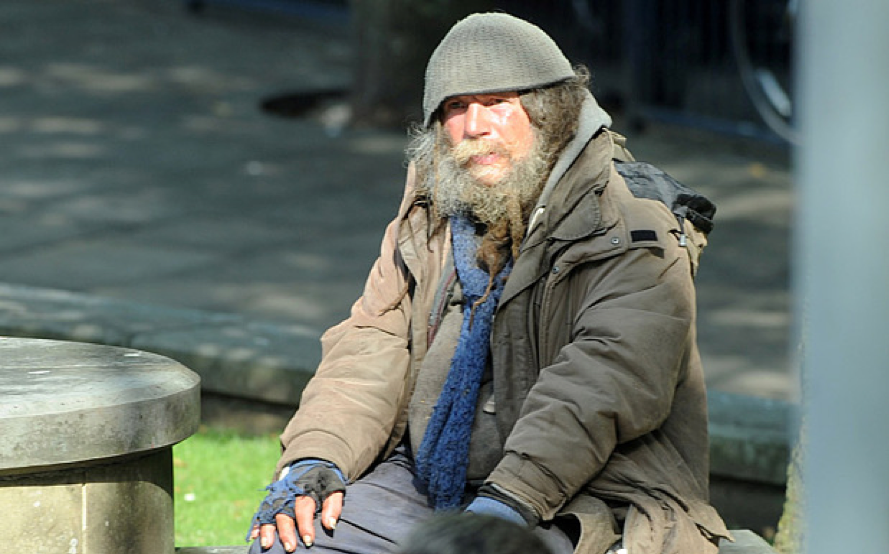
‘I was in the little shoe repair shop at the Market Street roundabout. Some keys were being cut for me by Richard, the owner who is unable to speak or hear.
Looking out of the door I noticed a well-built man coming down Silver Street. It was hard not to notice him among the people on the busy pavement. Walking purposefully, a sort of aura about him made him stand out. Coming to the roundabout he crossed the road and came towards the little shop. It was obvious he was a ‘gentleman of the road’ – a tramp.
Entering, he greeted Richard and me quietly, warmly. His intense blue eyes took in his surroundings and us in particular. We were almost touching as the shop is so small.
I glanced down. One shoe had no sole at all. The lace was neatly tied holding the upper around his ankle. The other upper was tied to the sole with string. It was a wet January day.
‘Come far today?’ I asked. (I understand that this is what the Queen says). We made conversation. Richard joined in, cheerful as always, but largely un-understandable.
My mind was on other things. Should I give him the money for some shoes? I had it in cash on me. Would this gentle giant, clean looking, fresh faced, in shabby clothes, ill fitting, be embarrassed? A happy, confident man with a strange radiance. But what was going on in his real inner self?
Who was he, no bag, nothing in his hands?
My keys were ready. I paid. I said good-bye. He put a hand lightly on my shoulder as I left.
Why didn’t I stay and find out more? What would you have done? Was he Jesus, different each day? He was no ordinary man.
6. Tim Livesey on Fred
Tim Livesey has worked in investment banking, government (nearly twenty years in the Foreign Office), in politics (Chief of Staff for the Labour Party) and as an adviser to Rowan Williams when he was Archbishop of Canterbury and Cardinal Cormac Murphy O’Connor when he was Archbishop of Westminster. He is currently Chief Executive of Embrace the Middle East (Formerly the Bible Lands Society).
After leaving University he decided to spend a year at L’Arche, living and working with people with learning disabilities. It was here that he was to meet Fred.
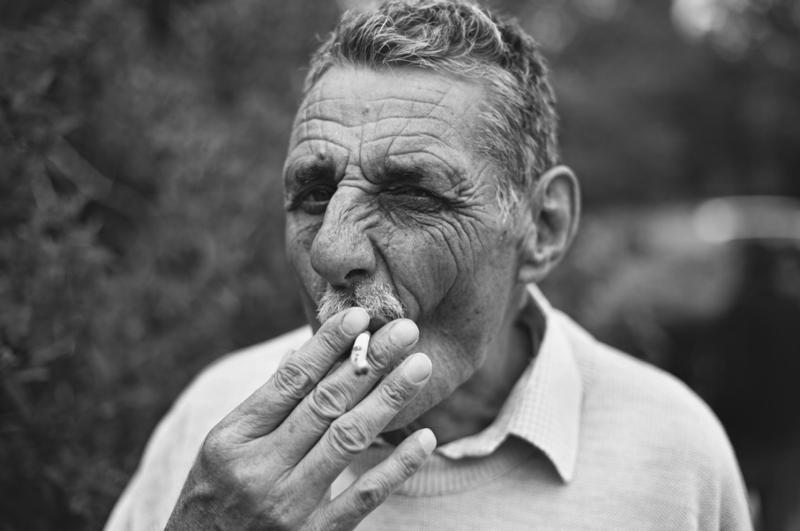
‘During the next year I was introduced to a new world where every person, whatever scars he or she carries, is deeply respected. There were ten of us living in a small council-type house built for a small family. We had to be close. I shared a tiny room with someone called Fred. Fred was still very disturbed after spending nearly thirty years in a psychiatric hospital, many of them on a locked ward. We shared and did everything together. It was an exhausting experience.
‘I learned a great many things. My teachers for the most part were people with learning disabilities. I learned not to rely solely on my intellect and powers of speech as means of communication. I was shown the importance of touch to express the gamut of emotions from love to anger. I was shown how important skills are–from peeling potatoes to making welcome posters or birthday cakes.
‘Meeting people was made a lot easier in Fred’s company. He didn’t suffer from my self-consciousness. Neither did I after a few months! All in all my time at L’Arche was a time of awakening.
‘I became much more aware of the richness of human relationships, and of profound suffering endured by many people, of alienation and how community can heal that isolation by bringing people in from the peripheries. In only a year I was fortunate to be part of an extraordinarily rich exchange of emotional and spiritual experience. I was a much more open person, ready to experience new things, new people. Even when I returned to the familiar Oxbridge world of a merchant bank in the City, the move was not as strange as many seemed to think. After all, what is so different about bankers?
8. Sam Donaldson on Jeremy
Sam Donaldson studied peace building in Nepal and obtained a First in Philosophy from Oxford before coming to L’Arche, initially for a year. While there, he encountered Jeremy. Jeremy is a man with Downs Syndrome who can’t speak in understandable sentences, though he can usually make his desires known through sounds and body gestures. He has a habit of grabbing people’s hair when least expected, and often not letting go.

‘I came from Oxford University as an overgrown head on a tiny body, living in a world of ideas and plans and schemes, in a world where words ruled like tyrants, a world where achievement meant everything.
In Jeremy, little did I know that I had met my Zen master, who knew different, who knew what I needed to learn, and more importantly, to unlearn!
Without words, Jeremy lived from his body, from his heart and from his gut, a man always fully present to the present moment, a man full of emotion, both precious tenderness and wild rage, so easily able to overflow at the blink of an eye.
Living with Jeremy transformed me. Jeremy taught me how to live! and for this I will be forever grateful.
9. Murray McDonnell on Adam
Murray McDonnell was a New York businessman, married to Peggy and father of nine children. He was a personal friend of the priest and writer Henri Nouwen. When Murray heard that Henri was leaving Harvard Divinity School to live with people with learning disabilities in a L’Arche Community he was shocked, and wondered if Henri was wasting his time with these ‘poor people’. Henri eventually persuaded Murray to come and stay for a few days in L’Arche. During this time, Murray encountered Adam Arnett, a man with profound learning disabilities who could not speak or even move without assistance, often gripped by seizures.
Henri later wrote about the time on the last morning of Murray’s visit, when Murray and Henri were having breakfast quietly with Adam:
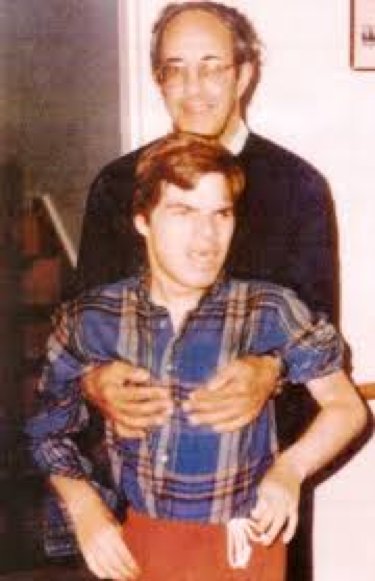
‘Murray watched every one of Adam’s moves and he watched me as I supported him to bring his spoon to his mouth and to hold his orange juice glass. Suddenly there was a phone call asking me to go to my office. I told Adam that I was sorry I had to leave in a hurry but that he would be in good hands. Then I said to Murray, ‘I have to leave for a while. Why don’t you help Adam finish his breakfast? Murray said, ‘Fine’, though I didn’t realise how anxious he felt.
‘Murray told me later that during the next 30 minutes as he sat with Adam he began to recognize him not as a disabled man completely different from himself, but as a beautiful human being who shared with him many vulnerabilities. Although Murray was a very successful businessman, he had his own struggles, his own fears, his own experiences of failure, his own disabilities. Sitting beside Adam, helping him with his breakfast was for Murray a moment of grace as he realised that he and Adam were brothers. Distance fell away, and a deep compassion emerged in Murray’s heart, a connectedness with Adam, who drew him close and gave him light. The day that followed was a truly new day for Murray. He told me later how he went about with a new feeling of being accepted, loved and appreciated.
‘Murray’s visit bore many fruits in his life, opening him more to accept his own brokenness and failure, and to be less defensive among his family and friends. It certainly deepened our friendship. Four years later, at Murray’s memorial service, I said that Adam had played an important role in helping Murray to face his own vulnerabilities, preparing him for his final passage to God.
(From Henri Nouwen: Adam – God’s beloved, pages 47-51 (edited)).
10. Ralph Solecki on Shanidar
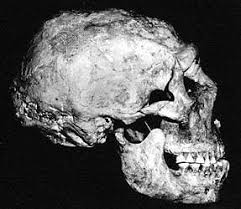

Ralph Solecki (1917 – 2019) was an American archaeologist best known for his excavations at the Neanderthal site at Shanidar Cave in Iraq. One of his discoveries was a skeleton of a Neanderthal man who lived about 100,000 years ago in the area of modern-day Zagros (Iraq).
From the skeleton of this man (who we shall call Shanidar) it is possible to establish that he was about forty years old, and so badly handicapped that he would have been able to live only with the support of the group to which he belonged. With one arm, one eye, and crippled, he would have had no possibility of contributing to the acquisition of his own food by hunting or gathering. That he survived all those years is a witness to the compassion and the humanity of the Neanderthal people.
When the skeleton was first discovered in the 1950’s most experts thought the Neanderthal people simply could not have behaved this way. Nevertheless, later discoveries have confirmed that Shanidar was no exception, and that the Neanderthal people provided food for those members of their community who were too handicapped to contribute to the provision of their own food, and looked after them in general.
The scepticism of the experts seems to demonstrate how difficult it is to accept what seems to be in contradiction with Darwin’s theory of evolution. For him to survive it must have been necessary for Shanidar to be completely looked after by his community. And what was his community? It cannot have been more than fifteen or twenty people, living by hunting and gathering, lacking any permanent dwelling. Every day they would have had to move to find new resources. It is not easy for us to imagine the effort it must have taken over the years to carry this man from one camp to another, to feed him and simply to enable him to survive. Why should this little group have made the decision, which seems to us quite crazy, to organize their lives completely in such a way as to enable the profoundly handicapped person to survive? What reward would they have had for continuing to do this, year after year? Why did they decide to bury him? Burial was a very special mark of respect.
Shanidar shows us that the experience of caring for a sick person has been at the heart of our human identity from the very beginning. The care we bestow on one another is the gift of our humanity. Our humanity is a potentiality which we must discover in order that it may grow, and such a discovery can be made only in the course of experiences of encounter with a sick person. It is a mutual gift which is at once the fruit and the reward of the encounter.
(Based on Shanidar, the first Flower People by Ralph Solecki and subsequently re-told by Xavier Le Pichon in Healing and serving: a personal encounter, in Alliance Inter Monastere, Bulletin 99)
